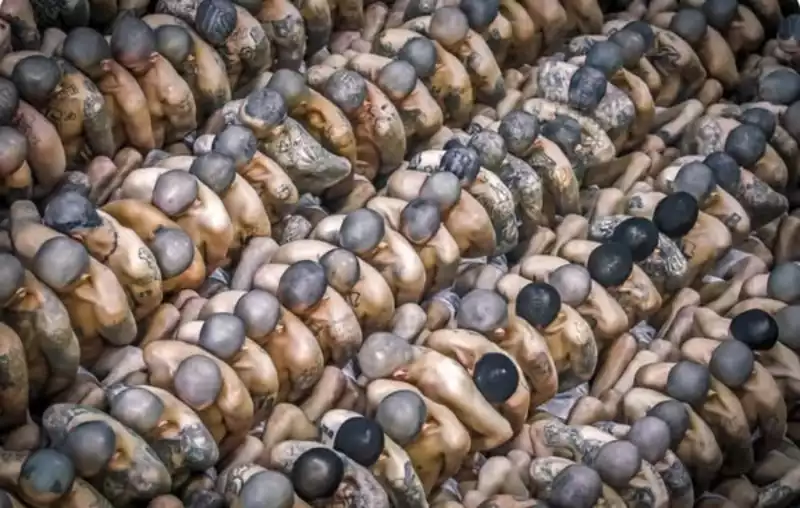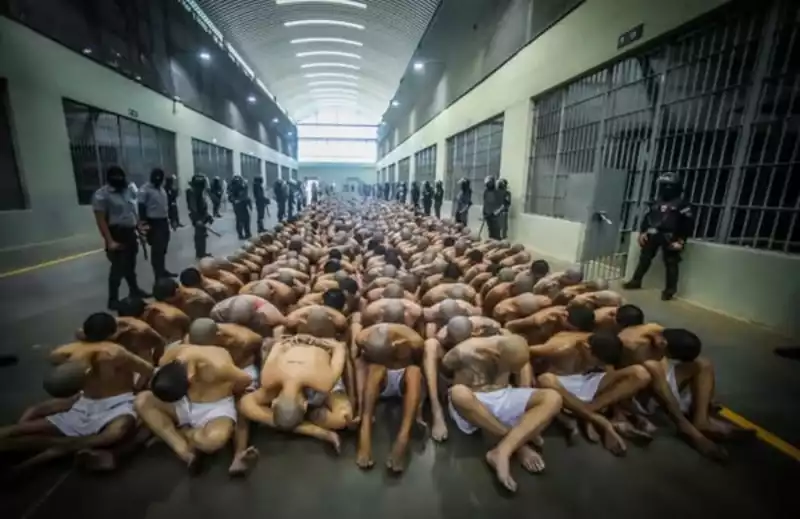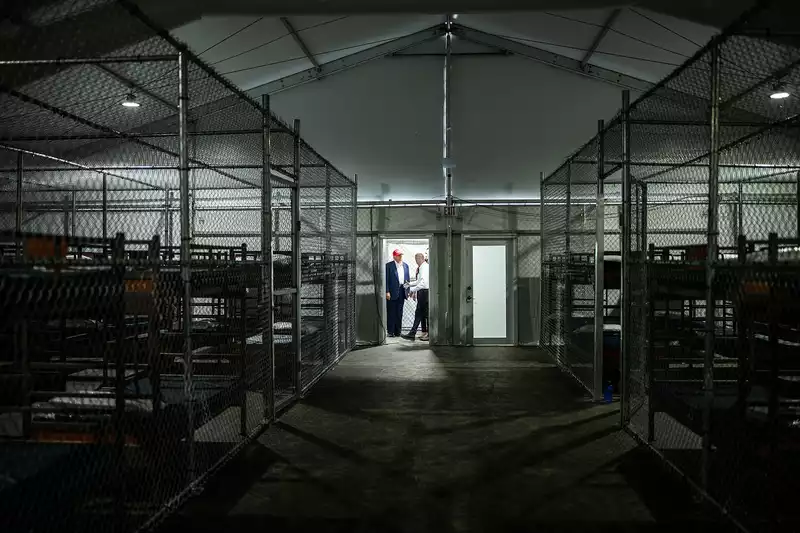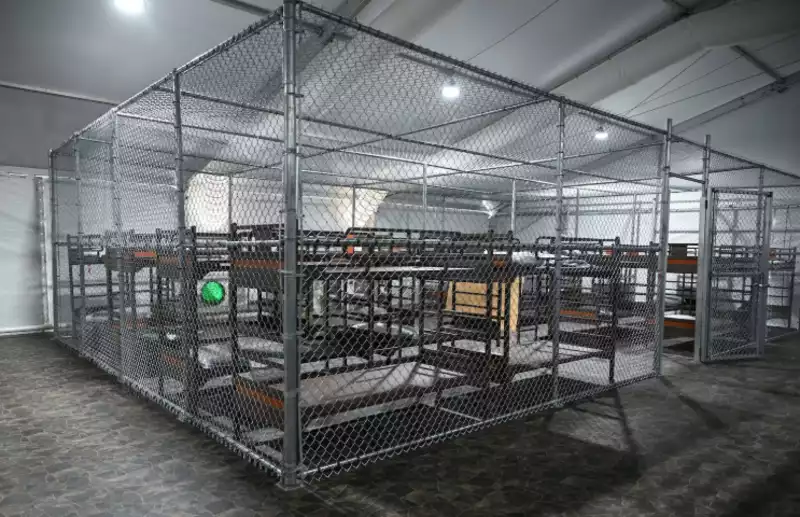This project identifies and characterizes prison facilities in the United States. Most or all federal, state, county, tribal, and military prisons are already in our database, and we're identifying which of these are used as immigration (ICE) holding facilities. Private prisons are shown regardless of whether the inmates are there because of federal or state convictions, juvenile detention, or immigration cases.
Christopher Poulos, author of What I learned visiting Alaska’s only maximum-security prison
What did Malcolm X mean about 22 million African Americans colonized by the state? He was likely not referring to those men being imprisoned because we didn't have that prison capacity. This project will take a look at prison populations over time.
A small portion of the roughly 1600 facilities that have been used by ICE to house people in immigration-related cases are shown here. We're adding the rest as we have the resources.
El Salvador CECOT Prison


Alligator Alcatraz
The Trump Administration turned the Dade-Collier Training and Transition Airport in the Florida Everglades (Ochopee, Florida) into a migrant detention facility in July 2025. It's planned for 5,000 beds but it looks like it can be expanded if needed.



You can help in one of two ways:
These buttons take you to the project's results so far.